Top Things to Know Before Buying Exotic House Plants
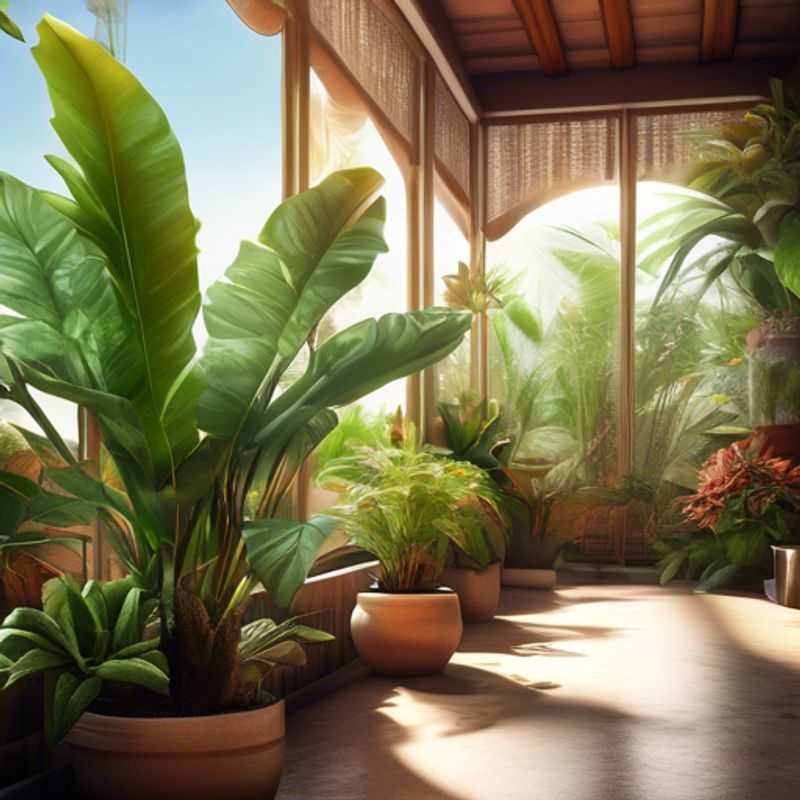
Top Things to Know Before Buying Exotic House Plants: Research, Size, Lighting, Toxicity, Watering, Reputable Sellers, Potting
Bringing a touch of the tropics into your home with exotic houseplants is a wonderful way to add life and vibrancy. But before you fall head over heels for a stunning, exotic specimen, it's crucial to understand their unique needs. Trust me, your green friends will thank you for it.
First and foremost, research the specific care requirements for each exotic plant species. Every plant has its own personality, from the amount of light it craves to the ideal humidity level. Think of it like choosing a pet—you want to make sure you can provide the right environment for them to thrive.
Don't forget to consider the size and growth habits of the plants before purchasing. While a tiny exotic seedling might seem manageable now, it could turn into a towering giant in your living room. It's a bit like choosing a puppy—you want to be sure you have the space for them to grow.
Speaking of space, ensure the plants will thrive in the lighting and climate conditions of your home. If you live in a dimly lit apartment, a sun-loving plant will likely struggle.

Unveiling the Secrets: Understanding the Unique Needs of Exotic Plants
Acquiring an exotic plant is an exciting endeavor, but it's crucial to understand its specific care requirements before bringing it home. Just like every human has unique needs, each plant species has its own set of preferences for light, water, humidity, soil, and temperature. Neglecting these needs can lead to your plant struggling and potentially even dying.
Think of it like this: you wouldn't feed a cat dog food, would you? Similarly, you can't expect a desert cactus to thrive in a rainforest environment. The first step is to research the plant's origin and natural habitat. This will give you valuable clues about its ideal growing conditions. For example, a plant native to a tropical climate will likely need high humidity and warm temperatures to thrive.
Next, delve into the specific care requirements. How much light does it need? Does it prefer moist or dry soil? How often should you water it? Some plants may benefit from fertilizer, while others might be sensitive to it. It's important to research this information carefully before you even purchase the plant.
Keep in mind that caring for an exotic plant can involve costs beyond the initial purchase. You may need to invest in specialized potting soil, fertilizers, humidity trays, or even grow lights, depending on your plant's needs and your local climate. It's wise to factor these potential expenses into your budget before making your decision.
Researching the specific care requirements of an exotic plant is essential for its survival and your enjoyment. By understanding its needs and providing a suitable environment, you can create a thriving addition to your home and a testament to your dedication as a plant parent. Remember, every plant deserves a chance to flourish!
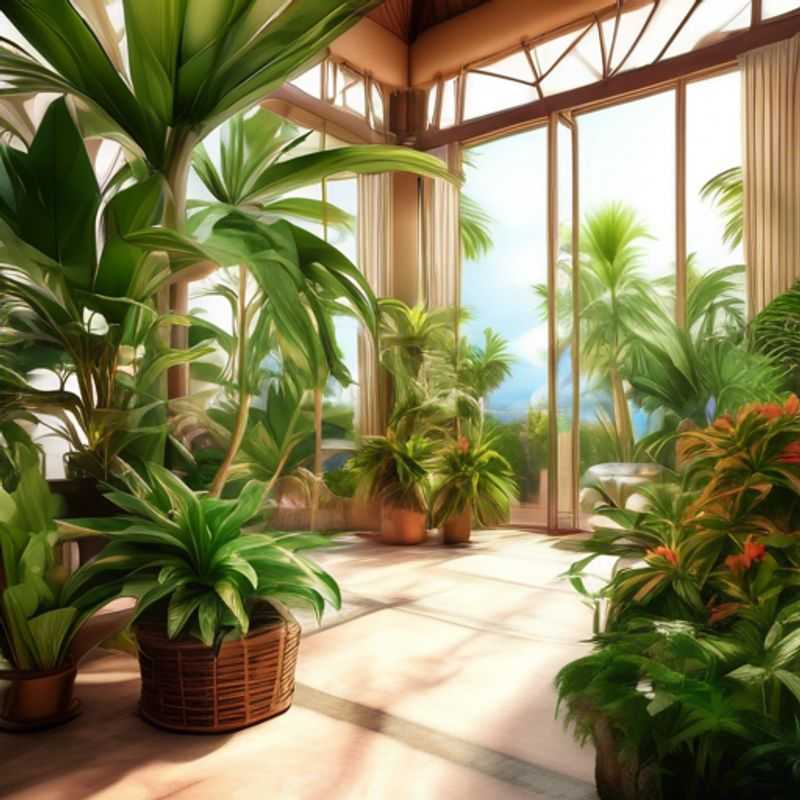
Planting with Purpose: Choosing the Right Plants for Your Space
Before you bring a new plant home, take a moment to think about its eventual size and how it will grow. This is crucial for ensuring a happy and thriving plant, and it'll save you from potential headaches later on. Consider the mature height and spread of the plant, factoring in its growth rate. A small seedling might seem manageable now, but it could quickly outgrow its space. Think about where you plan to place it, ensuring there's enough room for it to flourish. Some plants prefer a sunny spot, while others thrive in shade. Additionally, research the plant's specific growth habits, whether it’s a climber, a sprawling shrub, or something else entirely. This will help you anticipate its needs and ensure you have the right environment for it to thrive. Don’t underestimate the power of good research! A little bit of planning now can save you from potential frustration later on.
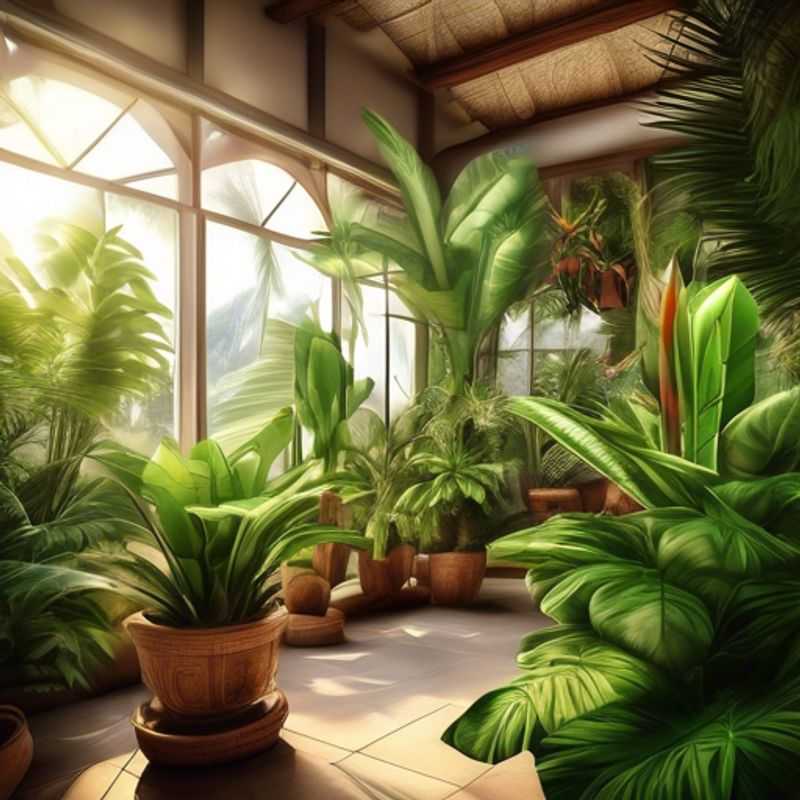
Bringing the Outdoors In: Choosing Plants That Thrive in Your Home
Choosing the right plants for your home involves understanding their needs, such as light and climate conditions. Light is crucial for plant growth, and different plants have varying requirements. Some thrive in bright, direct sunlight, while others prefer shade. Climate, encompassing temperature and humidity, also significantly impacts a plant's well-being. For instance, tropical plants require a humid environment, while desert plants can tolerate dry conditions.
To ensure plant success, research the specific light and climate preferences of the plants you wish to bring home. Sunlight can be categorized as direct, indirect, or low light. Direct sunlight refers to the sun's rays hitting a plant directly, while indirect light involves diffused light from a window. Low light signifies minimal sun exposure. Understanding your home's lighting conditions is vital to selecting plants that will flourish.
Temperature plays a vital role in plant health. Warm-climate plants struggle in colder environments, and vice versa. Similarly, humidity is critical. Plants from tropical rainforests may thrive in humid bathrooms, while those from arid regions prefer drier conditions. Matching your home's environment to the plant's needs is essential for their growth.
Once you've chosen suitable plants, monitor their growth closely. Signs of stress such as wilting, leaf discoloration, or stunted growth indicate a potential mismatch in lighting or climate. Adjust the plant's position or provide additional care, like humidity, to ensure its well-being.
While this guide provides a basic framework, remember that each plant is unique. Consulting gardening experts or researching your chosen plants' needs online can provide valuable information to ensure their flourishing in your home.
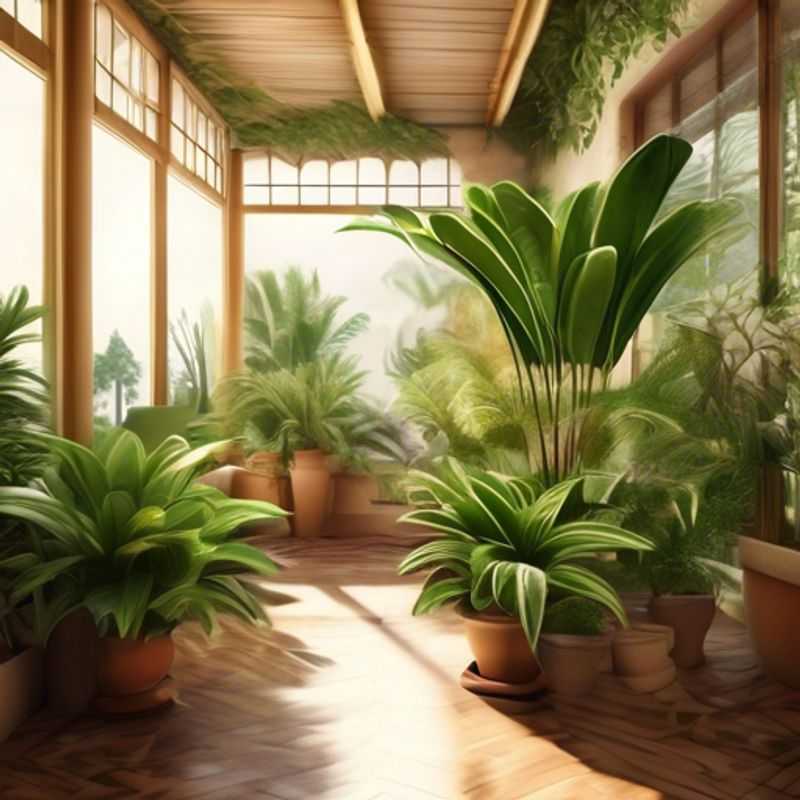
Protecting Our Furry Friends and Little Ones: Understanding the Toxicity of Exotic Plants
Exotic plants can add beauty and diversity to our homes and gardens, but some pose potential risks to our furry friends and little ones. Certain plants contain toxins that can be harmful if ingested, leading to various symptoms depending on the plant and the amount consumed. It’s important to be aware of these risks and take precautions to ensure the safety of our loved ones.
For pets, especially curious cats and dogs, ingesting toxic plants can cause a range of reactions. These can include gastrointestinal upset, skin irritation, respiratory problems, and even more serious conditions like kidney failure. Common culprits include:
Lilies: All parts of lilies, including the flower, stem, and leaves, are highly toxic to cats. Even a small amount can cause kidney failure. Keep these plants out of reach of feline friends.
Dieffenbachia: This popular houseplant contains calcium oxalate crystals, which can cause intense irritation and swelling in the mouth and throat. Avoid touching or ingesting the sap.
Pothos: While not fatal, pothos can lead to vomiting and diarrhea if ingested. It's best to keep these plants out of reach of pets.
For children, the risk lies in accidental ingestion or skin contact.Certain plants can cause skin irritation, allergic reactions, or gastrointestinal distress.
Rhododendrons and Azaleas: These beautiful flowering plants contain a toxin that can cause vomiting, diarrhea, weakness, and even coma. Avoid planting these near areas where children play.
Oleander: This flowering shrub is highly toxic, with all parts containing a powerful poison. Exposure can lead to heart problems, seizures, and even death. Keep it far out of reach of children.
Remember, this is not an exhaustive list. Many other exotic plants pose potential risks.If you suspect your pet or child has ingested a toxic plant, seek immediate veterinary or medical attention.For a comprehensive list of toxic plants and their symptoms, consult reliable resources online or from your veterinarian.
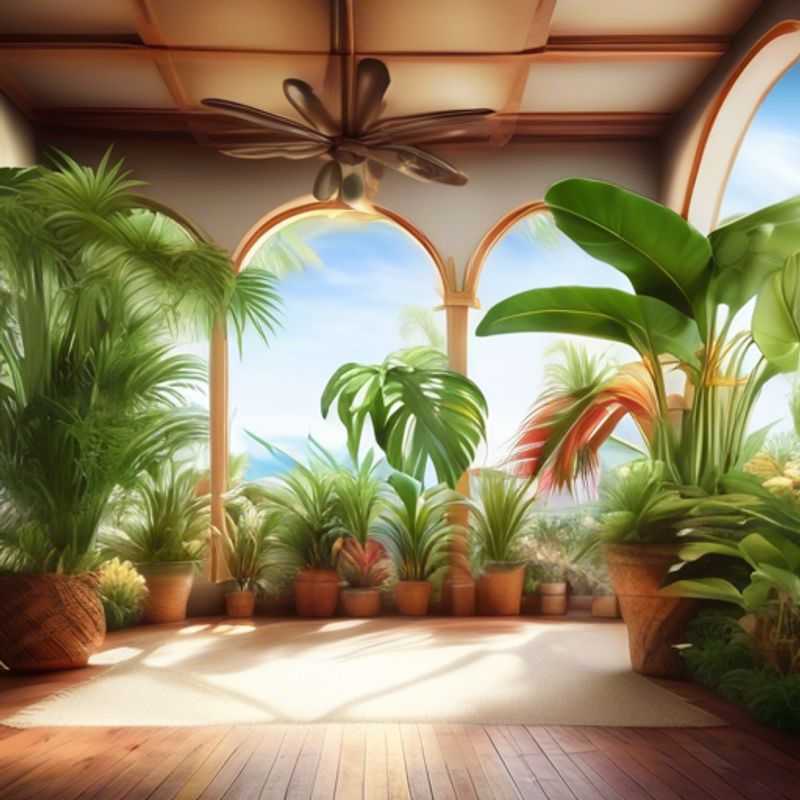
Unlocking the Secrets to Watering and Humidity for Exotic Plants
Understanding the watering and humidity needs of exotic plants is essential for their health and growth. Exotic plants often originate from tropical or subtropical climates, which means they typically require higher levels of humidity and consistent moisture in the soil. It's important to note that overwatering can be just as detrimental as underwatering, leading to root rot and other issues.
When watering, aim for a balance: the soil should be kept moist but not soggy. A good rule of thumb is to check the top inch of soil; if it's dry, it's time to water. Using distilled or rainwater is often recommended, as tap water may contain chemicals that can harm sensitive plants.
Humidity is another critical factor. Many exotic plants thrive in environments with humidity levels between 50% to 70%. To maintain adequate humidity, consider using a humidifier, placing a tray of water near the plants, or grouping plants together to create a microclimate. Regular misting can also help, but be cautious as too much moisture on the leaves can lead to fungal issues.
For those planning to care for exotic plants, consider any paid activities that might contribute to their success, such as purchasing a humidity monitor, investing in a high-quality potting mix, or even hiring a plant care service for expert advice. Additionally, budgeting for a humidifier or misting system could be beneficial in maintaining the right environment.
In summary, consistent watering and maintaining elevated humidity levels are key to thriving exotic plants. Remember to monitor soil moisture and humidity regularly, and don't hesitate to seek out additional resources online for more detailed information.
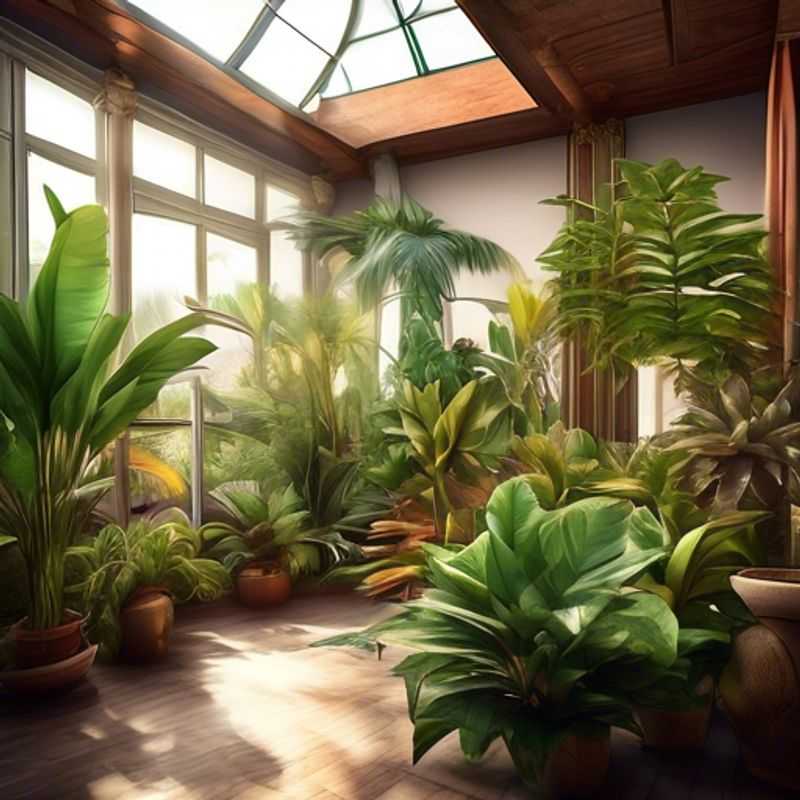
Buying Plants? Choose Reputable Sellers for Healthy, Pest-Free Specimens
When purchasing plants, choosing a reputable seller is crucial for ensuring healthy, pest-free specimens. Reputable sellers, whether nurseries, garden centers, or online retailers, prioritize quality and ethical practices. They typically offer a wide selection of healthy plants, free from diseases and pests.
Look for signs of a reputable seller: a clean and organized environment, knowledgeable staff, and a good reputation online or within the community. Ask questions about the origin of the plants, their care requirements, and any potential issues.
Avoid purchasing plants from unreliable sources: roadside stands, flea markets, or online marketplaces with limited information. These sellers may offer plants at lower prices, but there's a higher risk of acquiring unhealthy or infested specimens.
Inspect the plants carefully before purchase. Look for signs of disease, pests, or damage. Consider the plant's overall health, including its leaves, stems, and roots.
Reputable sellers often provide a warranty or guarantee on their plants, ensuring you receive healthy and pest-free specimens. This is an important factor to consider when making your purchase decision.
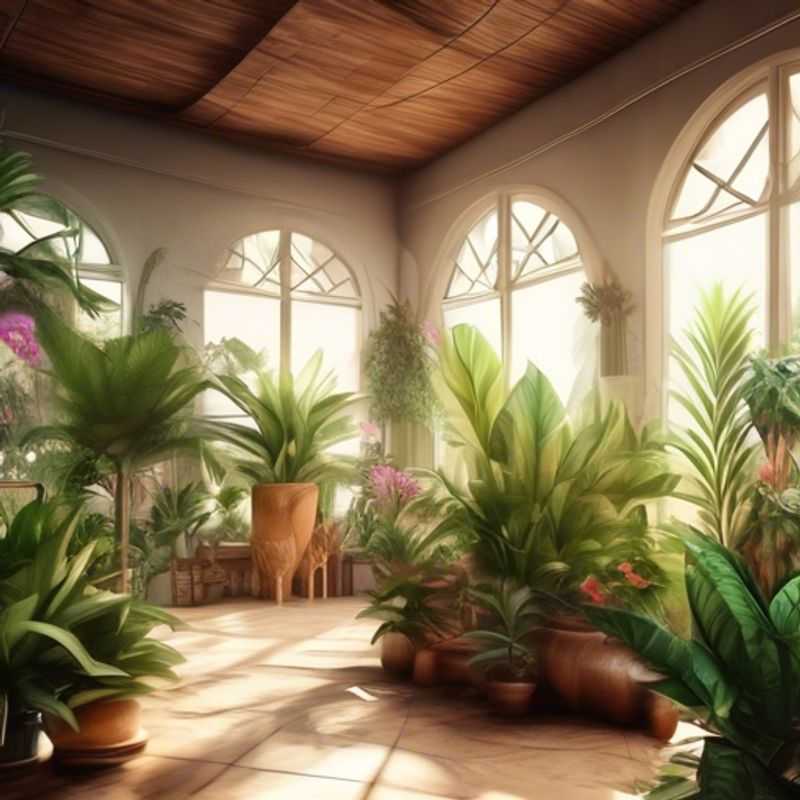
Nurturing New Life: Choosing the Right Potting Mix and Containers
Choosing the right potting mix and containers is crucial for your plants' health and growth. The right potting mix provides essential nutrients and good drainage, while the container impacts the plant's root development and water retention.
When choosing potting mix, consider the plant's specific needs. Most plants thrive in a well-draining mix containing a blend of peat moss, compost, and vermiculite. For succulents and cacti, opt for a mix with higher drainage, often containing pumice or perlite. For seed starting, a sterile, seed-starting mix is recommended.
Container selection is equally important. Choose pots with drainage holes to prevent waterlogging. The size of the container should be appropriate for the plant's root system. For example, a small seedling needs a smaller pot than a mature plant. Consider the material too; terracotta pots allow for good aeration but dry out quicker, while plastic pots retain moisture.
Remember, these are general guidelines; always research the specific needs of your plant species. You can find detailed information on potting mix and container recommendations online or at your local garden center.
